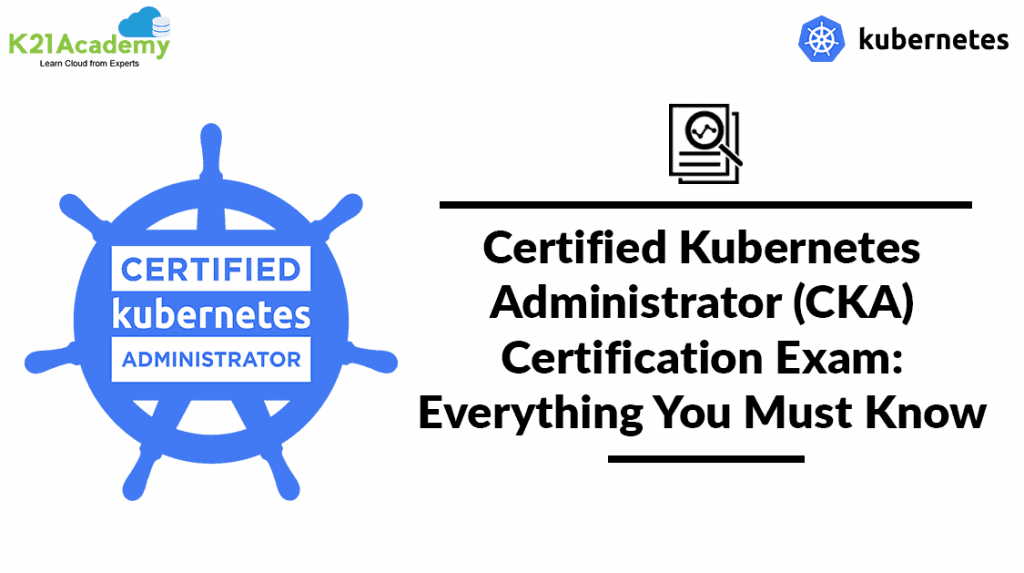📌 Storage has long been a source of consternation for IT professionals, with issues such as data integrity, preservation, replication, and migration.
📌 Kubernetes storage makes it easy for K8s programmes to request and use storage resources.
📌 Volumes are the foundation of the Kubernetes storage architecture.
📌 Volumes can be persistent or non-persistent, and Kubernetes allows containers to request storage resources dynamically through a process known as volume claims.
⚡Want to know step by step about 𝐊𝐮𝐛𝐞𝐫𝐧𝐞𝐭𝐞𝐬 𝐒𝐭𝐨𝐫𝐚𝐠𝐞?
➡️ Checkout this Blog👇
https://k21academy.com/kubernetes71 ,
That explains a detailed overview and various kind of Storage in Kubernetes.
⚡Also, join the freeclass now to learn more about Docker & Kubernetes at https://k21academy.com/k8s02



